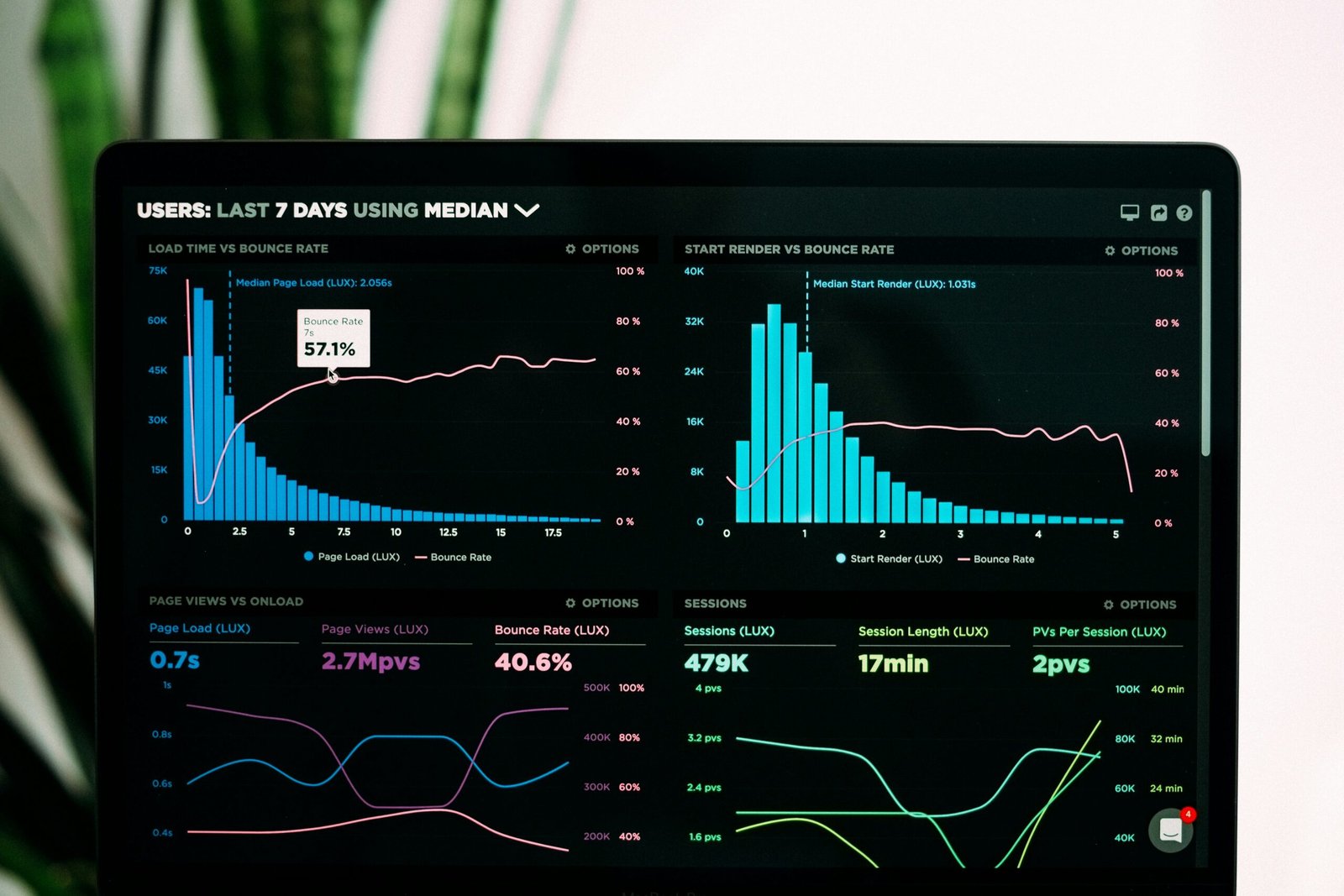
Data integration might sound like a fancy tech term, but think of it like a conductor orchestrating a symphony—without it, all those beautiful instruments (a.k.a. your systems and applications) would be playing off-key. In its simplest form, data integration brings together information from different sources into one harmonious system, making sure everything works in sync. Imagine your e-commerce platform seamlessly feeding sales data into your CRM or your IoT devices sharing updates with your cloud server—sounds like a dream, right? That’s the magic of data integration, except it's powered by some seriously cool tech.
But let’s cut through the jargon. Why should you, a business owner, really care about this? Well, when systems don’t communicate, you get chaos. And not the fun kind of chaos, like a spur-of-the-moment office pizza party—we’re talking about missed opportunities, inefficiencies, and decisions based on incomplete or outdated information. Whether you're running a startup or a large enterprise, data integration ensures that the right data is available when you need it, across all your platforms. It helps eliminate silos, improve efficiency, and allow every aspect of your business to work together seamlessly. Suddenly, your data starts doing the heavy lifting, and you can focus on what you do best: growing your business.
Now, let’s be honest, integrating data isn’t exactly like waving a magic wand. There are real technical challenges involved—different systems use different data formats, security concerns arise, and you need the right tools to make it all happen. But don’t sweat it. With the right partner (ahem, like us!), this process doesn’t have to be a nightmare. We’re talking about secure pipelines, streamlined processes, and custom integrations that fit your business like a glove. Whether you need real-time data syncs or want to automate tedious manual tasks, data integration turns fragmented systems into one coherent powerhouse.
Think about it like this: your business is an ecosystem. Without proper integration, the parts don’t connect, and you end up with disjointed operations. But when your systems are fully integrated, you get a clear, comprehensive view of your business—sales, inventory, customer behavior, financials, you name it—all working together in real time. This means better decision-making, quicker responses to market changes, and a competitive edge that can’t be ignored.
One more thing: data integration isn’t a “set it and forget it” deal. As your business grows and your technology stack evolves, your integration strategy should adapt as well. That's why ongoing support and scaling options are key. Your systems will need to communicate not just today, but as new platforms, apps, and data sources are introduced. With future-proofed data integration, you’ll always be one step ahead.
So, the next time you look at your growing mountain of data, don’t be overwhelmed. With the right integration strategy, that data becomes not just useful, but powerful. Data integration is the difference between managing a cluttered, chaotic kitchen and running a well-oiled, Michelin-star restaurant. And who doesn’t want a Michelin star for their business?